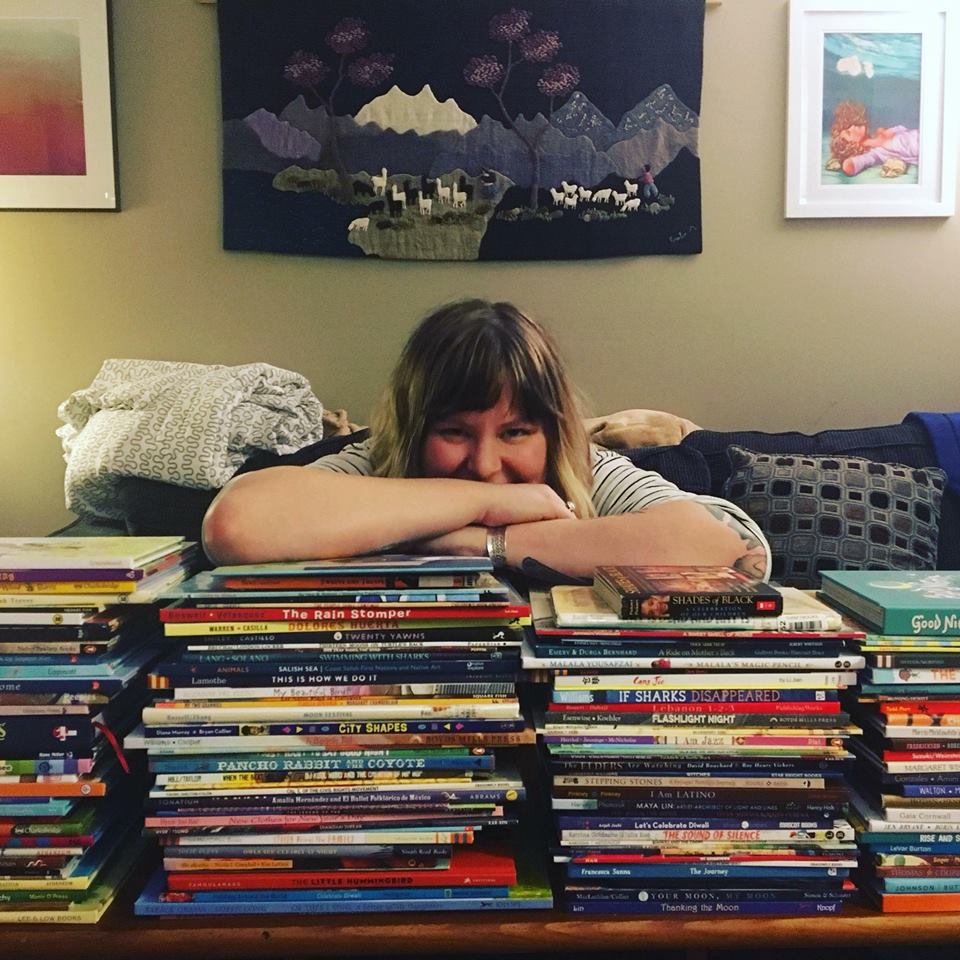
Sid: Hello Ashley! Thank you for accepting my invitation to be interviewed. I deeply admire your work that strives to make Montessori spaces more inclusive for everyone. One way you have done this is through your blog Diamond Montessori. Can you tell us a little about your own personal journey that led to the creation of Diamond Montessori blog?
Ashley: Hi Sid! Thanks for asking me, I’m flattered. I’m a queer Montessori guide and parent. I grew up in a family that is big and diverse- half of one side of my family is Jewish, half of the other side is Muslim, and there are a ton of intersecting identities within my own family. I have always been an advocate for representation in children’s books and classroom materials, but when it came to finding them for my own class, it was hard. I have spent hours trying to find books and materials and started talking about that on Facebook and Instagram. Then people started asking me for help finding a book about this, or that, and I realized I could help other teachers and parents find these materials. Honestly, if I weren’t a Montessori guide, I’d have been a children’s librarian, so this blog is kind of fulfilling that dream for me in a fun and low-stress way.
Sid: Thank you for sharing that, and I agree, representation in books and materials are so key to normalising diversity. Amongst the variety of themes you cover on Diamond Montessori, I know that you are a strong proponent for normalising diverse families. I know you are not shy to talk about your own beautiful family. In relation to this, we chatted briefly about the importance of not only disrupting heteronormativity, but also about the need to challenge homonormativity. Could you unpack those terms for our readers and help us see why this is important both from your own personal experience and from the perspective of the classroom?
Ashley: That’s such a big question! So, heteronormativity is the standard of the world as it currently is. We live in a heteronormative world. It is expected that girls grow up to marry boys, that families live in a house with a mum and a dad and the kids, that people are primarily straight, monogamous and fit the image of the nuclear family. The vast majority of children’s books that feature families or fairy tales fit these ideals. I think that disrupting heteronormativity is important in the classroom and at home- we need to talk to children about queer families, I bring in books that feature families with two mums or two dads, books that feature queer characters, and talk to my students about how different families can look.
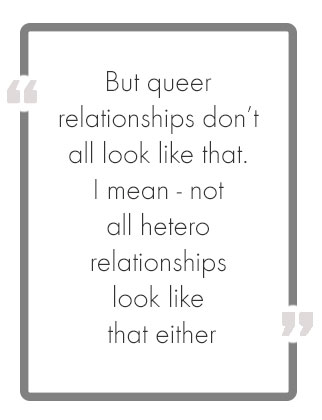
It’s not only important for children who are growing up in queer families to see themselves and their lives reflected in media but it’s also important for children growing up in heteronormative environments to see queer representation. And that’s pretty typical, and I don’t think it’s terribly controversial in many places- certainly not in the circles I move in. I know plenty of teachers around the world who have “And Tango Makes Three” or “Heather Has Two Mommies” in their class.
It’s when we start talking about homonormativity that things get controversial. Homonormativity is the idea that for queer relationships to be accepted, they need to be basically hetero. Marriage equality was a huge part of that- “look how not scary us queers are, we just want to get married and have monogamous relationships with children and picket fences just like that rest of you.” But queer relationships don’t all look like that. I mean- not all hetero relationships look like that either but we also tend to ignore those.
Personally, I’m married with a child. I literally have a home with a picket fence. I also have other partners. My relationships are not the hetero or homonormative ideal and they are very rarely represented anywhere. And when they are, they’re often depicted negatively. Since coming out as publicly queer, and non-monogamous, I have had SO MANY people message me to tell me that my family makeup looks like theirs, that they are so happy to hear someone talking about relationships that look like theirs.
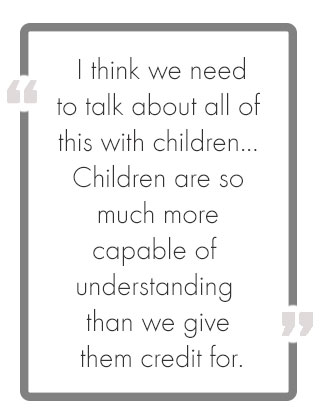
I think we need to talk about all of this with children. Some people have a mum and a dad that are married or two mums that are married; some people have one single parent; some people have three parents who all live together and love one another. Children can understand foster parents, stepparents, grandparents. It’s not a big leap for them to understand multiple parents or relationships. My daughter knows who her parents are and she also knows, for example, my boyfriend, and that he’s involved in her life and mine. Children are so much more capable of understanding than we give them credit for.
Mostly, I think that the more visible we make alternative relationships, the less scary they are to others. I came out because one, I don’t lie to my child and I didn’t want to put the responsibility of keeping my secret on a small human. I didn’t want her accidentally outing me and her dad to my parents, for example. And two, I am incredibly privileged. I am white. I am cis. I am married to a man. I could be heteronormative passing forever if I wanted to be. But that’s not honest. And every person who is out makes it safer for the next person.
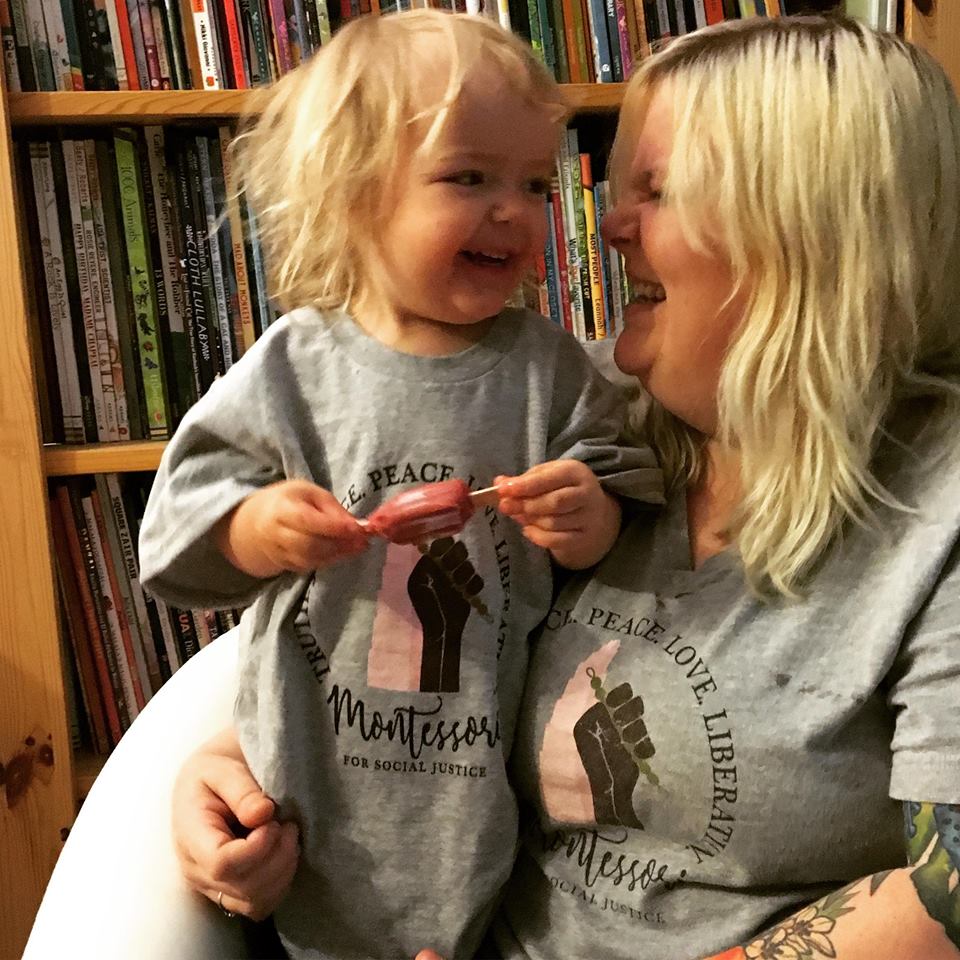
I think that families like mine are more common than people think. I think in this current world, especially amongst people my age (I’m 34), who have seen so many traditional relationships and values fall apart upon scrutiny, I think we’re trying to create a new and better world for our children. For some, that looks like collective housing with multiple people raising children together, sharing the costs and the time. For some, that means, like me, raising a child with one person, while having the autonomy to have relationships with others. My boyfriend has been around since before I had a child. He and my husband are friends. That extra support is integral to my ability to be a good parent. For others, it can look totally different.
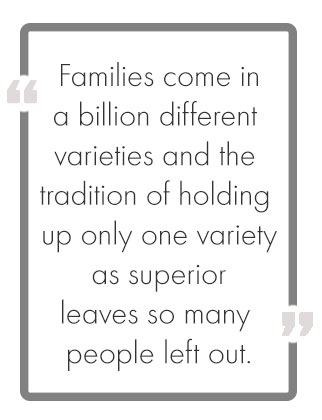
Basically- I think we shouldn’t assume hetero and homonormativity as the only acceptable family structures. My family looks totally heteronormative and then you ask and it turns out I have girlfriends and boyfriends and my husband has other partners. Families come in a billion different varieties and the tradition of holding up only one variety as superior leaves so many people left out.
Sid: Wow, I agree completely, and you’re right, families do come in a billion different varieties, and not one variety is superior to the other. I believe what is most important for us as educators is to make sure children feel they belong, which really brings me back to books. Could you share a few books that you believe troubles these traditional family structures?

Ashley: It is so hard to find books with different family structures- even queer kid books are often the “two mummies” or “two daddies” variety. One book I have found is “Super Power Baby Shower” by Tobi Hill-Meyer and it features three parents having a baby together. I’m trying to find more and I’ll let you know as soon as I do.
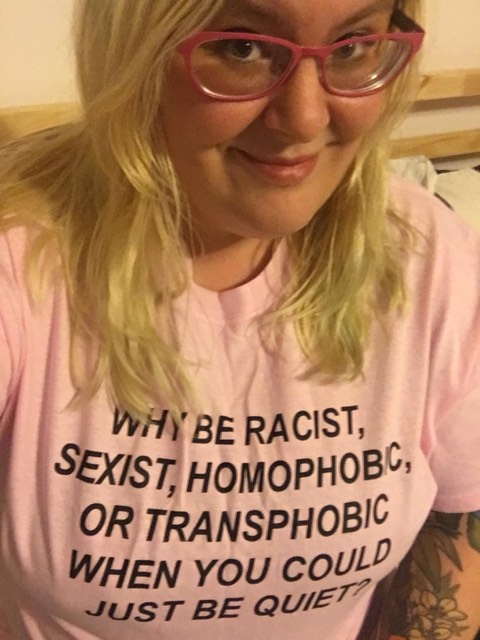
Ashley Speed is an AMI-credentialed 3-6 guide who lives and works in Vancouver, Canada. She is queer and non-monogamous and runs a blog and Instagram dedicated to inclusive representation in classrooms, children’s books and raising a small person. She also owns a pet snake.
One thought on “Queering normativity: An interview with Ashley Speed”
Comments are closed.